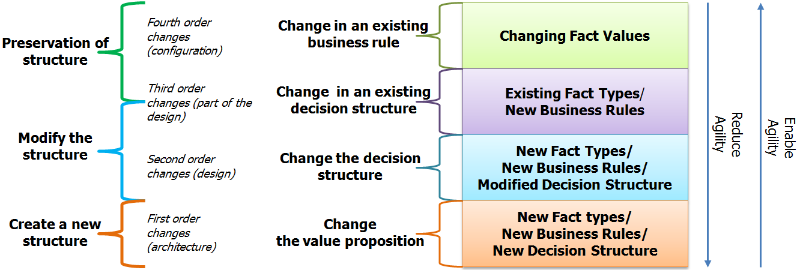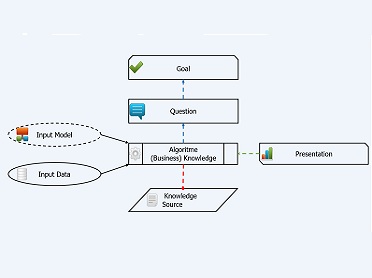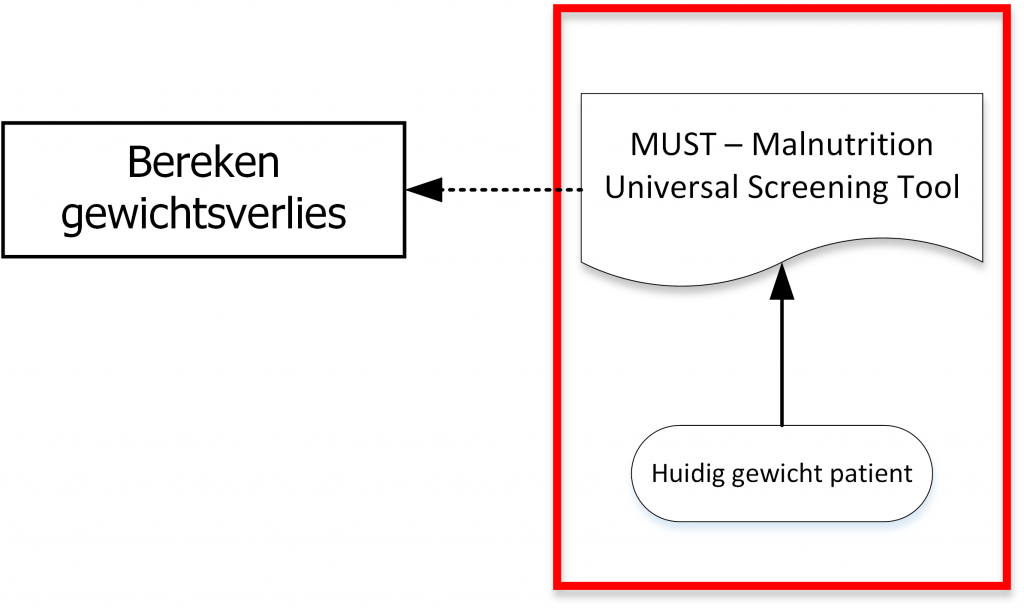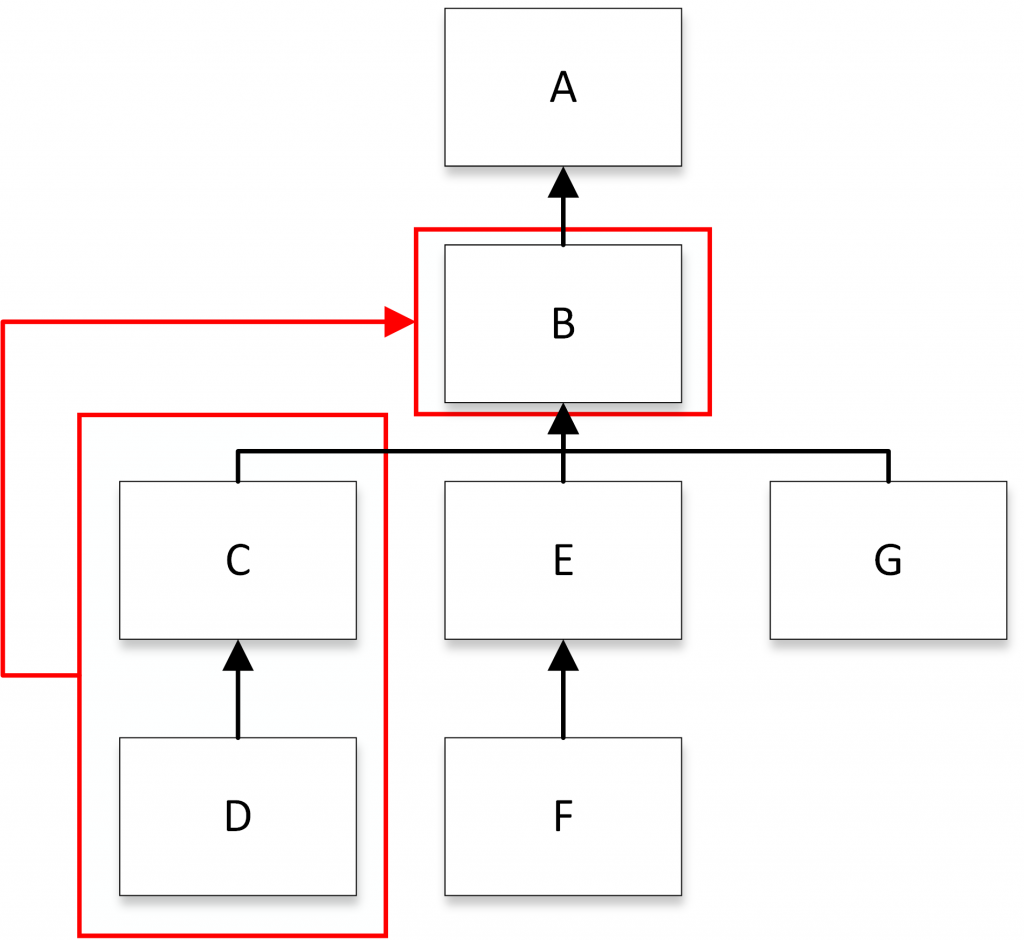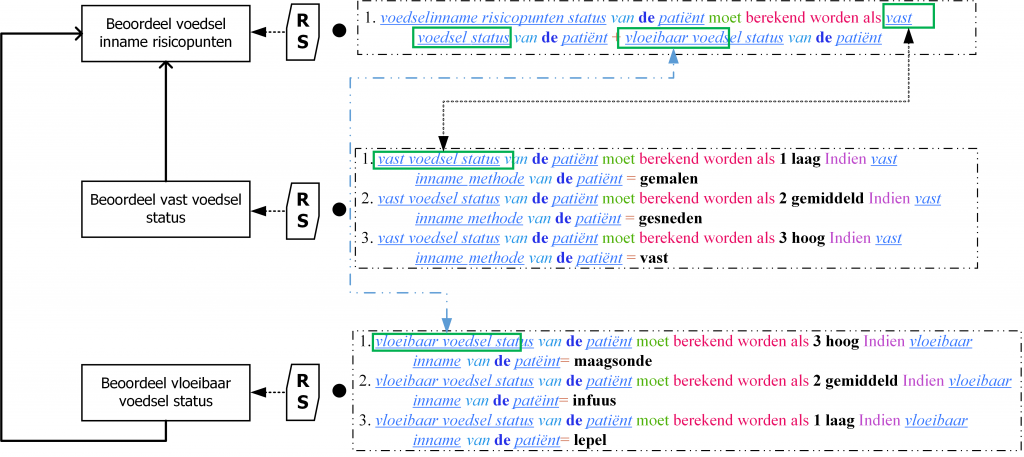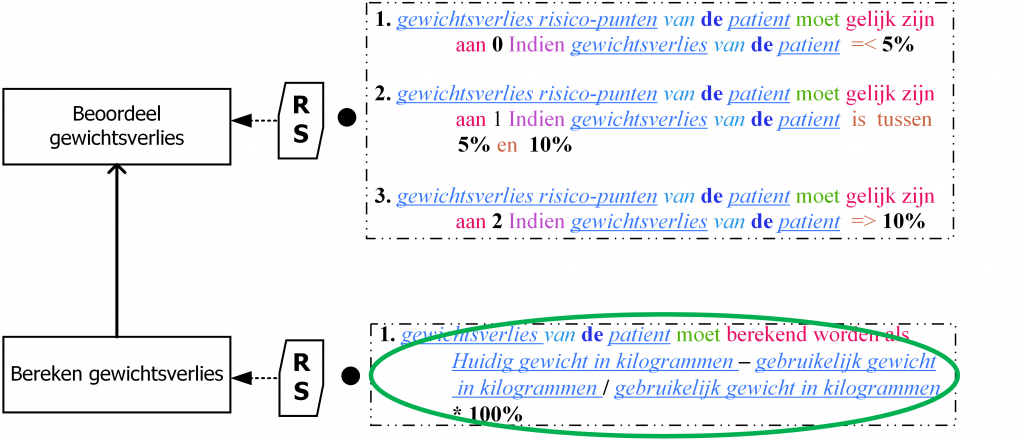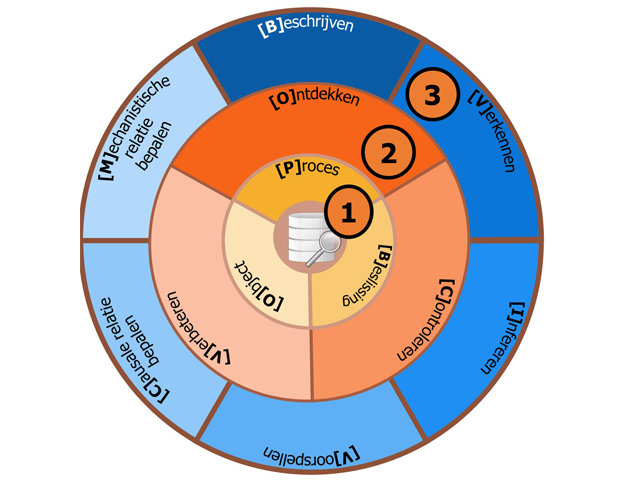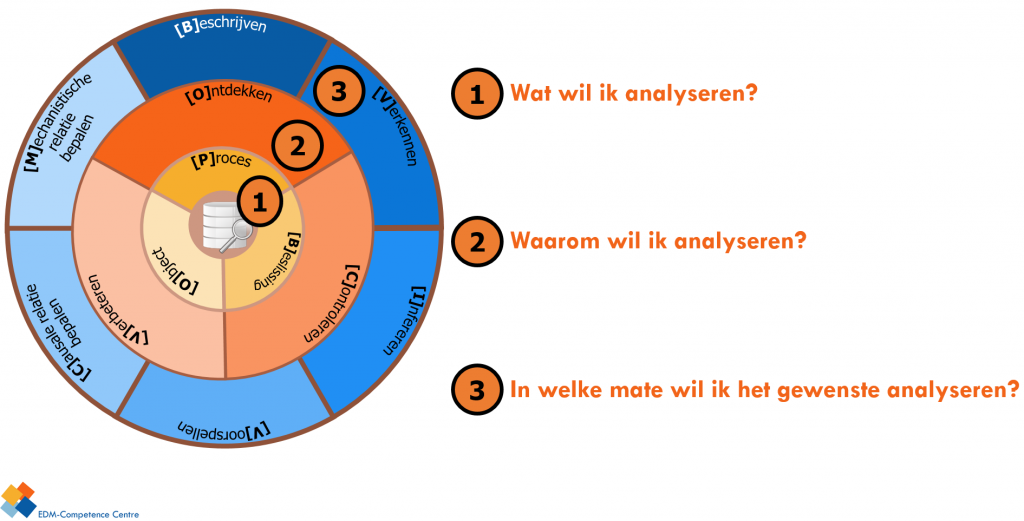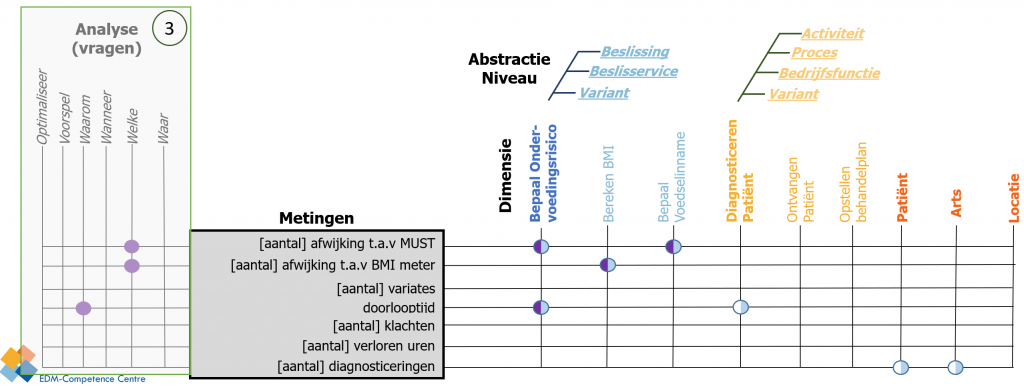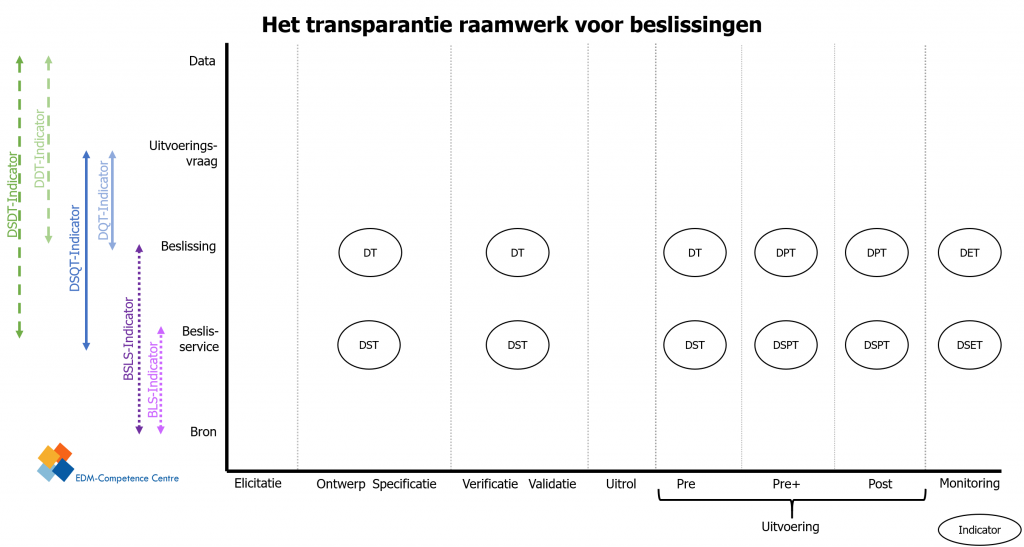Business rules change at an increasing pace which is caused by rapidly changing customer requirements, legislation and policy. Simultaneously, a shift arises that demands an enhanced transparency with regard to the business operations of organizations. This shift forces organizations to demonstrate which business rules are applied in which situations. In order to be able to keep up with the high frequency of change and to comply with the transparency demands, the management of decisions and underlying business rules becomes increasingly important.
In this article, a classification scheme is presented which can be used to categorize the possible modifications with regard to information systems that execute decisions. Concerning these modifications, a distinction is made between the effort of the modification for the internal organization and the effort for a client.
Modify the information system
The first variable on which a modification with regard to an information system, used to execute decisions, can be classified is: the effort it takes to adapt the information system to the new reality. To classify the effort, a distinction is made between the following four modification types:
- A modification of the fact value of a fact type in a business rule;
- A modification causing the business rules to change;
- A modification which causes the business rules and possibly also the decision structure to change. In addition, the fact types which are necessary to execute the changed business rules are not available and should be specified;
- A modification which requires the creation of new fact types, new business rules, and a new decision structure.
Above listed modifications are schematically depicted in Figure 1.
Figure 1: Overview of the modifications
The first modification type is a modification of a fact value of a fact type in a business rule, also called ‘fourth order modifications’. An example of a fourth order modification is shown in Table 1. In this example, the value of the BMI Score of a patient (fact type) changes from 0 (fact value) to 5 (fact value). So with regard to the fourth order modifications, the decision structure, business rule and fact types stay the same.
| Original Business Rule | Modified fact value |
| The BMI Score of a patient is equal to 0 if the BMI of the patient is higher than 20. | The BMI Score of a patient is equal to 5 if the BMI of the patient is higher than 20. |
The second modification type is a modification causing the business rules to change, so-called ‘third order modifications’. The decision structure stays the same and only fact types that are already registered in the information system can used to specifiy/modify business rules. An example of a third order modification is shown in Table 2. Both business rules determine the BMI Score of a patient. However, the original business rule determines this score by means of the BMI while the modified business rules uses the mid-upper arm circumference. Both fact types, the BMI of the patient and the mid-upper arm circumference, and the associated fact values are already registered in the information system. So the underlying business rules change, but these modifications can be made by using the already existing fact types.
| Original Business Rule | Modified Business Rule |
| The BMI Score of a patient is equal to 0 if the BMI of the patient is higher than 20. | The BMI Score of a patient is equal to 0 if the mid-upper arm circumference of the patient is lower than 23.5 centimeter. |
The third modification type is a modification which causes the business rules to change and also new fact types should be specified (registered). New fact types are considered as: fact types which are not yet registered somewhere in the information system. The current decision structure persists, but the modification may result in the removal or addition of decisions from the existing decision structure. To illustrate these modifications, the example in Table 2 can be applied again. In case the modification of the example is implemented, but the mid-upper arm circumference is not yet registered, it means that new fact types need to be registered. Modifications of this type are called ‘second order modifications’.
The fourth modification type is a modification which requires the creation of new fact types, new business rules, and a new decision structure. This modification is mostly the result of the introduction of a new product (for example a new insurance or a new subsidy). Modifications of this type are called ‘first order modifications’.
The four above mentioned modification types together can be considered as the first variable to determine the impact, in terms of time and money, which a certain modification has on the information system (see Figure 2). In general, fourth order modifications must be realized with less resources than first order modifications.
Figure 2: The Dowsing Rod of Change
Changing information burden of the client
The second and third variable on which a modification with regard to an information system, used to execute decisions, can be classified are: 1) the information burden of a customer that submits an application and 2) the information burden of a customer that submits a justification.
The second variable, information burden of a customer that submits an application, assesses the amount of facts a client needs to submit when applying for a product and the amount of effort it takes to retrieve these facts. In contrast to the classification of the first variable, no standardized unit of measurement exists for the second variable to determine “a small or large amount of facts” and “a little or large effort”. This has to be determined specifically for each individual organization.
The third variable, the information burden of a customer that submits a justification, assesses the amount of facts a client needs to submit about the actual usage of a product/service. An important remark is that not every product or service requires a justification of the actual usage by the client. A situation in which always a justification about the actual usage is required is for example by subsidies. For this third variable, the same classification as for the second variable “information burden of a customer that submits an application” applies: the amount of required facts and the amount of effort it takes to retrieve these facts.
In this way, the second and third axis of the model are determined (see Figure 2): changing information burden of a customer that submits an application and the changing information burden of a customer that submits a justification.
The dowsing rod of change
Figure 2 shows the so-called ‘dowsing rod of change’, this model is composed of the three previous discussed axes (variables): 1) modification with regard to an information system, 2) the information burden of a customer that submits an application and 3) the information burden of a customer that submits a justification. For each axis of the ‘dowsing rod of change’, the applicable data points of the modification, which an organization possibly wants to implement, need to be selected. Based on the location of the three data points, an organization obtains a first estimation about the effect of implementing this modification. With regard to these estimations, the following general rule applies: a modification will be more time-consuming, risky and often more expensive when the three data points are located at the outside of the model. Based on this information, a discussion can be conducted about the desirability of a particular modification.
Value for the customer and / or the organization
As mentioned above, the three axes (variables) of the ‘dowsing rod of change’ can be used to obtain a first indication about the impact of a modification. There may occur situations in which an organization even chooses to implement a modification with an extremely high information burden. A justification for this choice can be the value and/or the size of the target group.
Reviewer: Eline de Haan
